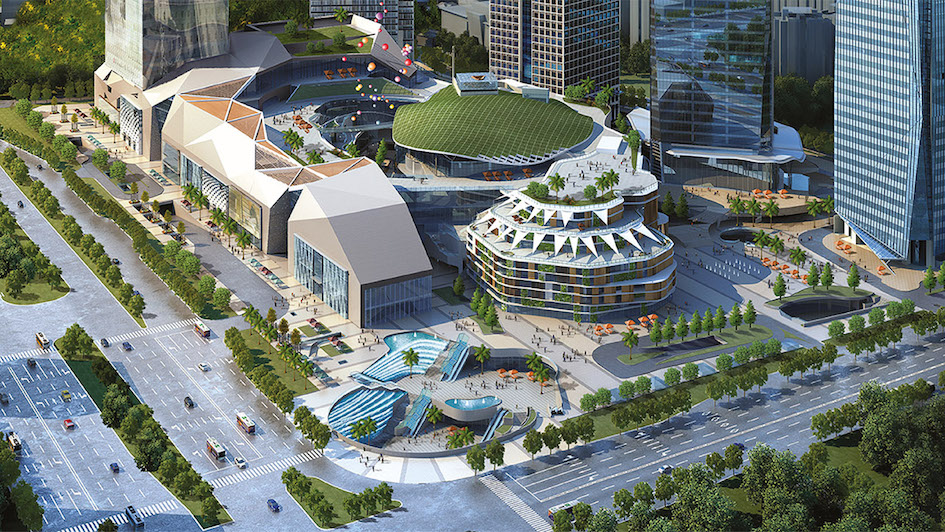
City branding isn’t about inventing something new, it’s about discovering what’s already in the city. Cities are made of the ideas and the people that sculpt its identity and vibrancy. The brand of a city are the attributes that distinguish one place from another, placing a unique value and transforming the city from a location into a destination. An effective city brand strategy has to accommodate all of the stakeholders’ demands, from investors to officials to residents, in order to strengthen the city’s overall competitiveness. All in all, city branding is an emerging agent for urban socioeconomic development. A number of cities are already involved in creating a new brand or regenerating their existing one in aim to revitalize, secure, and make the city a more prominent place on the map.
Over time, tangible elements become synonymous with a place, and they can be anything, from an iconic building, sea-front developments, museums, visual identity programmes, and internal branding campaigns for events like the Beijing Olympics, the Shanghai World Expo in 2010, etc. Rebranding can help discard the negative imagery of abandoned urban areas with an industrial heritage, for example, in order to make more space for social activities and centres of leisure and amenity.
Dongguan is an important manufacturing city located in the South Central Guangdong Province of China and to the east of the Pearl River Delta, strategically situated along the economic corridor connecting Guangzhou, Shenzhen, and Hong Kong. Historically, this area was more open to the outside world because of easy access to water transportation. By adopting more aggressive and flexible economic policies and opening up to foreign investment and global capital, Dongguan is among the Chinese mainland cities with the most abundant financial capital. Foreign investors from more than 40 countries and regions are choosing to set up their headquarters there, such as Samsung, Apple, Huawei, Xiaomi, OPPO, and Gionee. The total output of smartphones from the city has already reached 260 million units, meaning that about one out of six smartphones in the world was made in Dongguan.
Unfortunately, this emerging Chinese industrial and commercial city is more known by its unflattering labels (“Sex Capital” and “Sweatshop City”) and owns a bad reputation for its high organized crime and prostitution rates (10% of the seven million residents are in some way connected to suspicious professions.) The commercial hub also makes appearances in the news for strikes over sweatshop labor, where suppliers like Nike and Adidas have factories (here and here).
The idea to revamp and to shed Dongguan’s reputation as a city of sin didn’t come overnight. In the early 2000s, China’s National Development and Reform Commission identified it as a major growth region, and have been promoting the development of the city’s arts and cultural offerings to create a cultural hotspot in the region. This year, the state hired the Hong Kong office of global design consultancy and creative agency Brand Union to reshape the city using modular designs. The sprawling 26-acre MYHills project for mixed-use development is composed of a residential tower, three office towers, a shopping mall, hotel, and various other entertainment amenities, like a movie theater and ice skating rink.
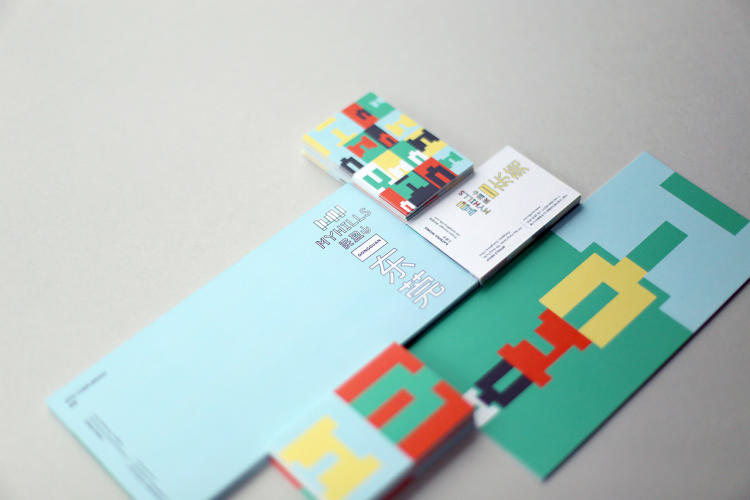
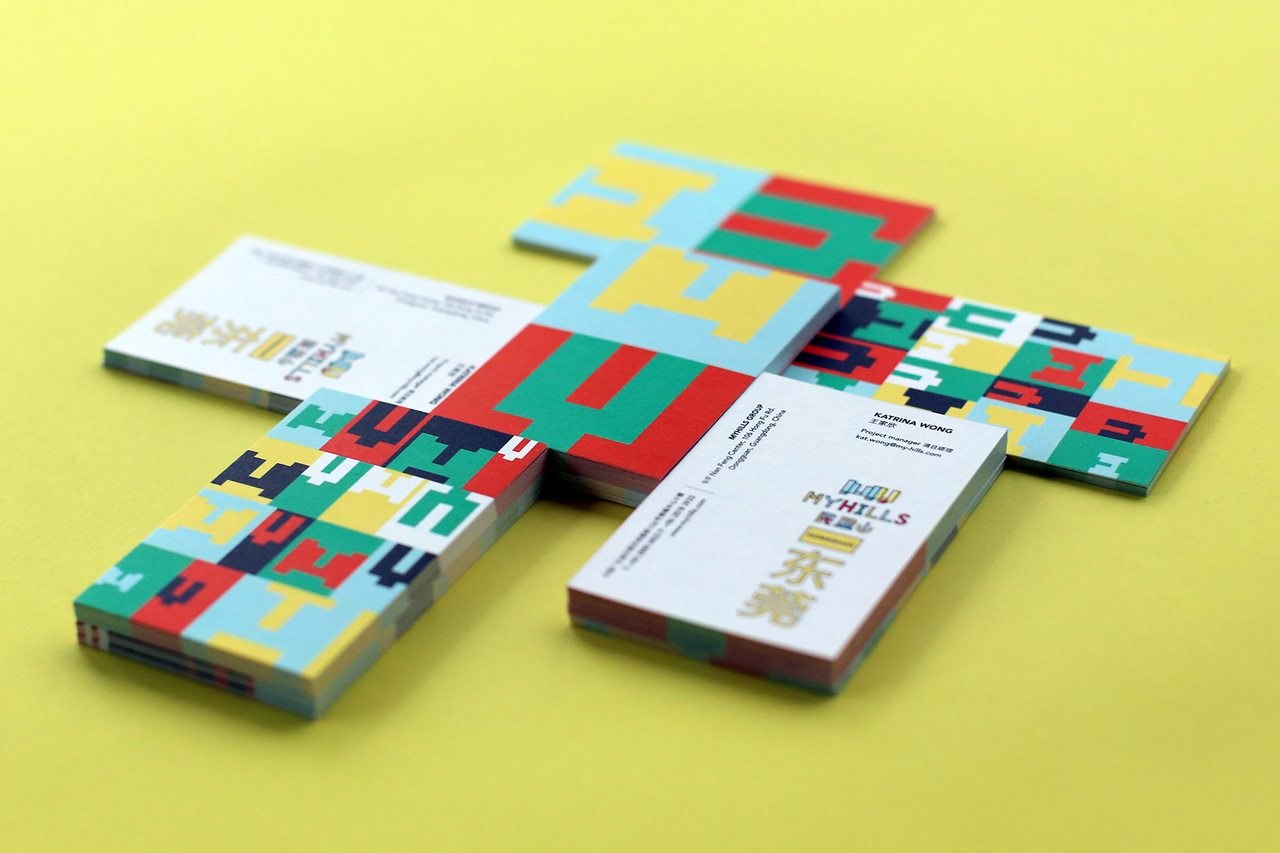
“In the context of Dongguan, graphic design on its own can’t stop prostitution or pollution of the environment,” Reynolds says. “But you have to start somewhere – and a bold, striking, visual slap in the face is a pretty good place to begin and signifies a new beginning,” says creative director Andy Reynolds at Brand Union HK.
This ambitious and daring MYHills project could change the city’s state of living and impact the urban fabric. Urban regeneration typically involves the rebranding of the area concerned and can fundamentally change the character of a district. Rebranding has to be carefully planned — a brand image suitable for one group of stakeholders (e.g. business investors) may be inappropriate for others (e.g. pre-existing residents).
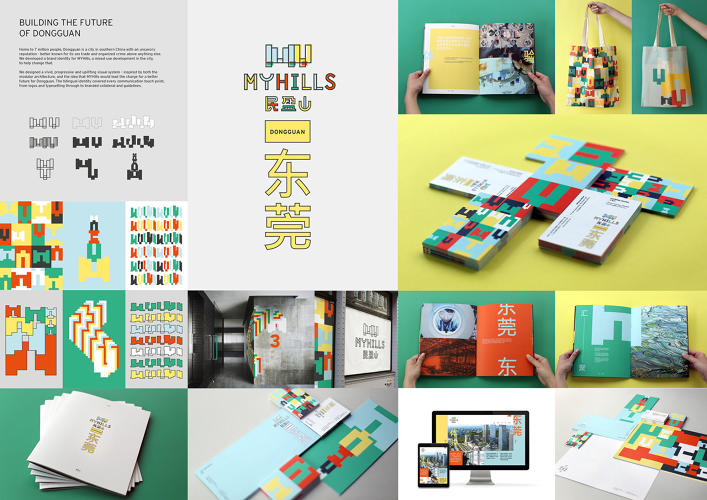
“Our client is extremely proud of their home city, and reinforced its many unique attributes and ambitious future plans for change,” says Reynolds. “With this in mind, we created a positioning that reflected both the city’s ambition and the developments progressive design aesthetic: ‘Building the future.'”
Location branding is a challenging endeavor, and in many other cases it hasn’t worked. For instance, the shopping mall in Dongguan after 11 years is considered as a “dead mall.” The challenge is therefore to merge the multiple identities within a specific location into a concise and easily understood brand, so that everyone can use “the city product.”
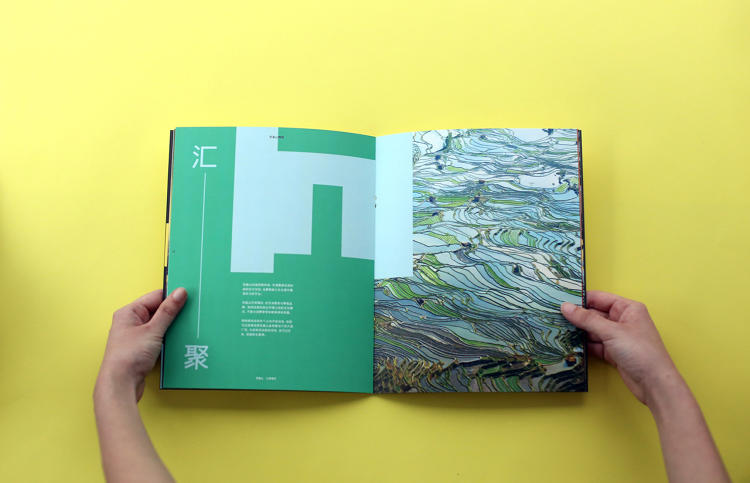
“We knew the brand would need to live across various platforms and environments, and we also knew we wanted it to really stand out,” Reynolds says. “So early in the conceptual stage, we toyed with a pattern approach that would both resonate with the architecture and positioning whilst giving us a vibrant and flexible asset to use across the various channels. Color was a key factor for us in this project. We wanted a bold and unique palette that, when used correctly, could become a recall code for the destination.”
To that end, they riffed on the development’s modular architecture — the structures are designed so that the development can grow over time and additions can blend with the existing buildings as opposed to looking like an afterthought, and created a blocky, pixelated abstraction of the letters “MY” that resemble building silhouettes. “The patterns and flexible logo allude to a destination that is constantly evolving,” Reynolds says.
Over time, the patterns and flexible logo can become synonymous with the place and help differentiate it. Branding can play a crucial role here too and, if done right, the design can blend with and ultimately enhance the organic character of a city borough.
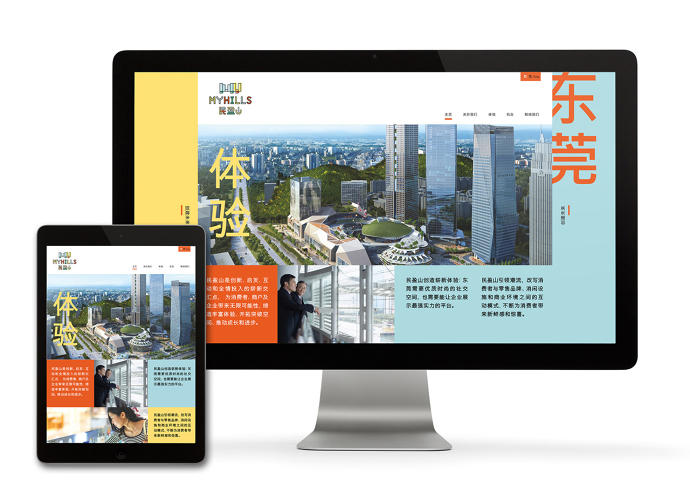
One of the most eye catching elements of the system are the bright colors – green, yellow, and red – which are inspired by Dongguan’s agricultural past. “We wanted to inject some energy and vibrancy into the urban sprawl by embracing vivid and clashing hues,” Reynolds says. In addition to the digital and print collateral, Brand Union also proposed a playground done up in the patterns and shapes they used for the identity system (though it remains unknown if it will actually be built).
When it comes to Dongguan’s ambition to rid itself of its sordid reputation, branding proves itself as much more than just a marketing tool — it’s a human requirement. If project MYHills, when built, won’t be able to help, what would Dongguan have? Besides already one dead shopping mall, more concrete valleys.
A successful example is Raval district, once the most marginal and insecure inner city district, now Barcelona’s most colourful district with some of the best bars and restaurants and a brand new image for the contemporary culture. Since 1988, the Barcelona City Council has been working hard on urban revitalization. There are a few historical monuments such as the Monastery of Sant Pau del Camp, as well as newer additions such as the Rambla del Raval, and the MACBA (the Contemporary Art Museum of Barcelona), Fernando Botero’s large statue of a cat, La Boqueria (the city’s most famous market), and Antoni Gaudí’s Palau Güell. The cultural sector is an essential part of what makes the city remarkable.
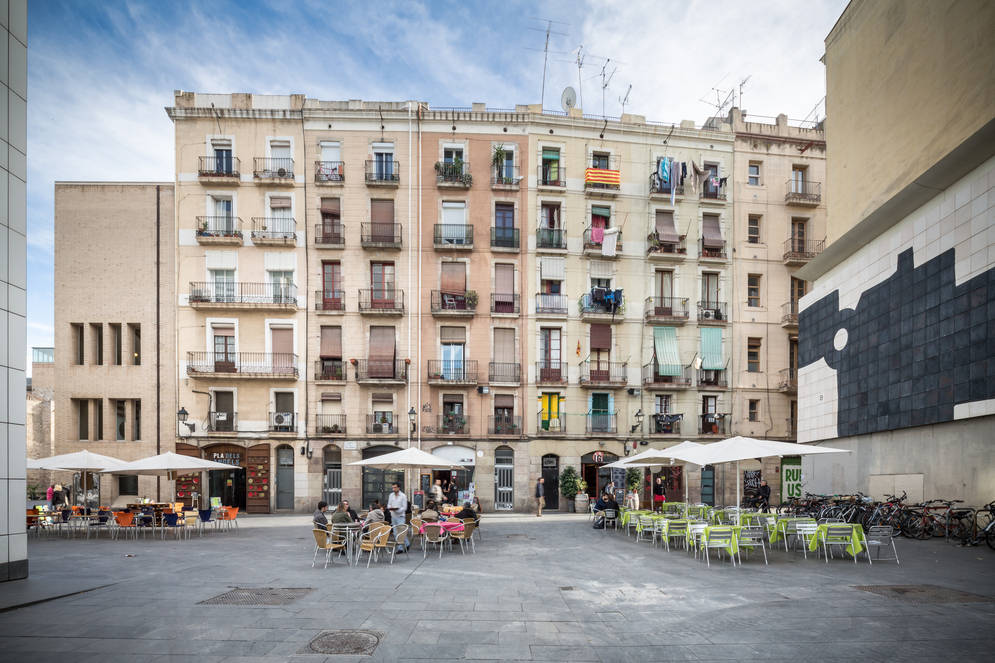
Another good example is the fourth-largest city in Spain, Bilbao, which lost its glory as a manufacturing centre when the city was experiencing serious economic difficulties during the 80s. After Spain joined the EU in 1986, Basque Country authorities embarked on an ambitious redevelopment programme. They engaged stararchitects to design an airport (Santiago Calatrava), a metro system (Norman Foster), and a footbridge (Calatrava again), and in 1991 the Solomon R Guggenheim Foundation decided to bring the legendary Guggenheim Museum in Bilbao’s dilapidated port area, and hired Frank Gehry to build it. The Guggenheim Museum is a fusion of complex, swirling forms, and captivating materiality that responds to an industrial urban context. Almost immediately after its opening in 1997, the Guggenheim Bilbao became a popular tourist attraction and a landmark building. Today, we use the term ”Bilbao effect” when describing the targeted enhancement of a landscape through a new and significant piece of architecture. The building continues to attract visitors even though the collection on display is modest. Other cities without historic cultural centres now look to Bilbao as a model to place their city on the map and, in turn, attract more investment, brands, tourism, and cultural energy.
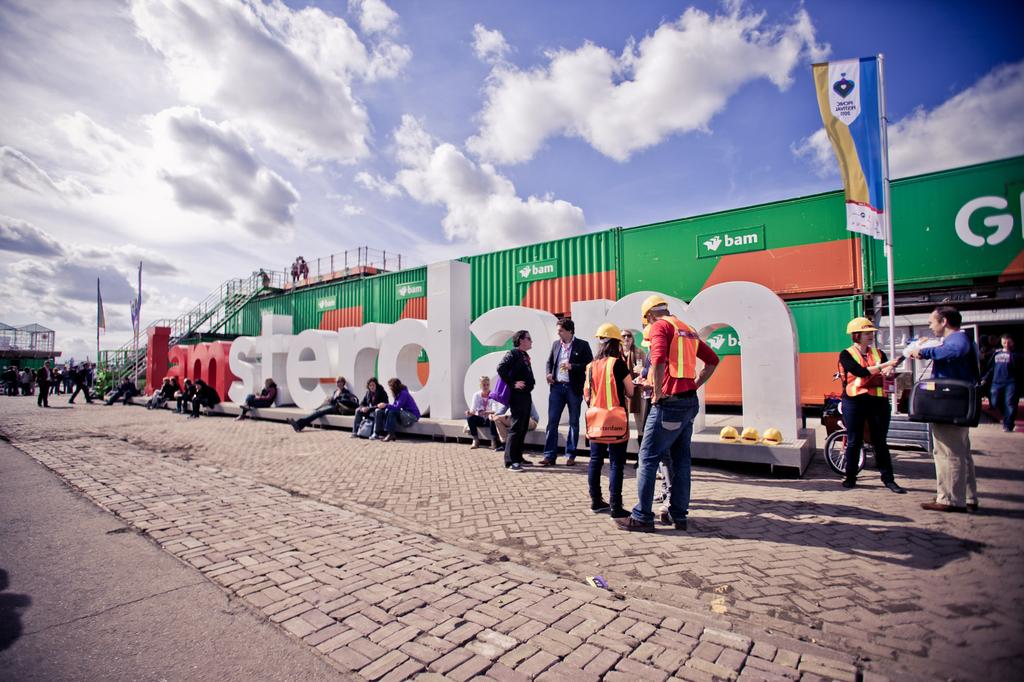
The need for stararchitects is not always necessary. The redevelopment of the gigantic shipbuilding yard NDSM is the bottom-up cultural movement. The abandoned shipbuilding yard located across the IJ, north of Amsterdam, that was closed down during the 80’s, is today an important cultural hotspot and the largest creative and self-sufficient artist’s workspace ever. Throughout the year, festivals, raves, exhibitions are held. The old buildings have been kept in their original state and are officially considered monuments. Even the old shipyard crane has been given a new function – it’s converted into the luxury Faralda Crane Hotel. There are also work spaces for artists and new media start-ups (a large boathouse with 20,000 m2), student housing (using former shipping containers). Another remarkable object besides the Crane Hotel is houseboat ‘geWoonboot’ that is completely self sustainable. Headquarters of IdTV, Discovery Channel, HEMA, and VNU now have settled on the south side of NDSM Amsterdam.
Dongguan has a long way to go, but it could mark the beginning of a more concerted effort. If successful, it may lead the way for more cities to pay attention to visual aesthetics, and furthermore treat their cities more like products where residents and visitors can enjoy a happier, safer, and more productive state of living.